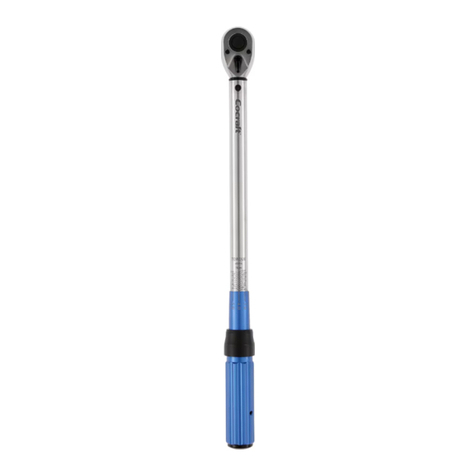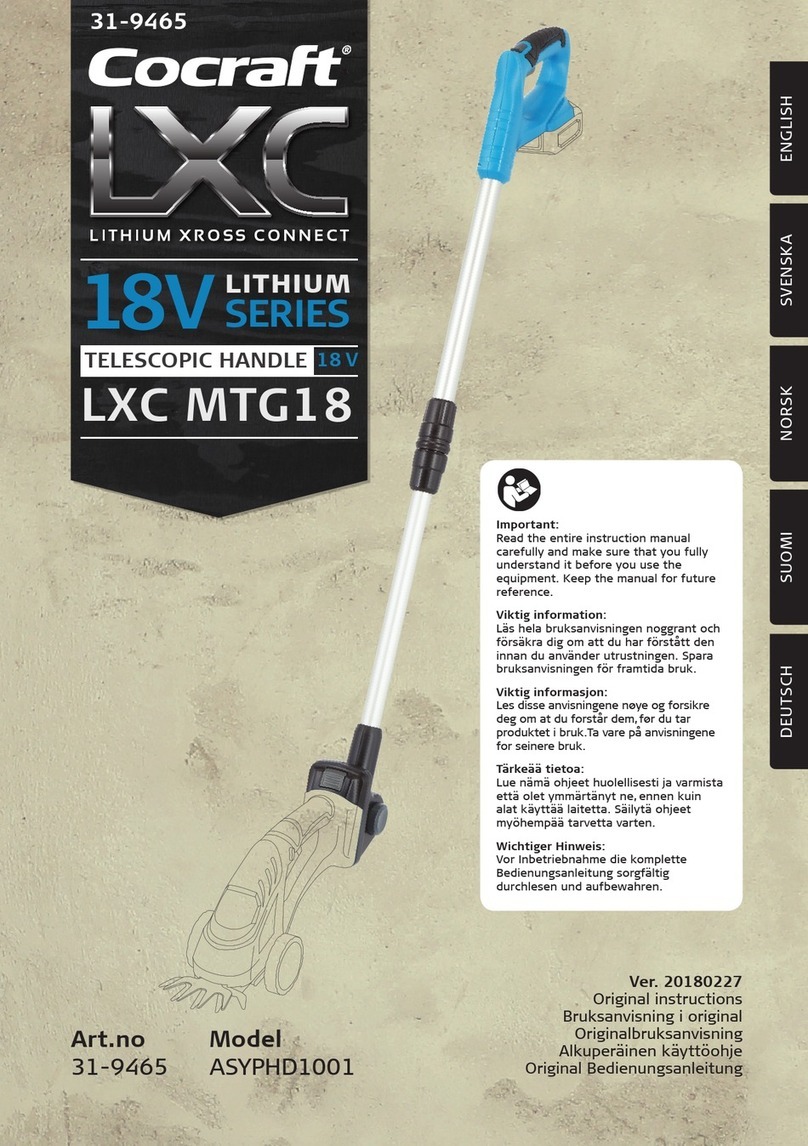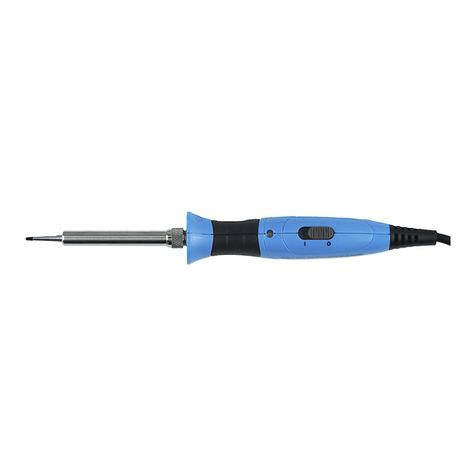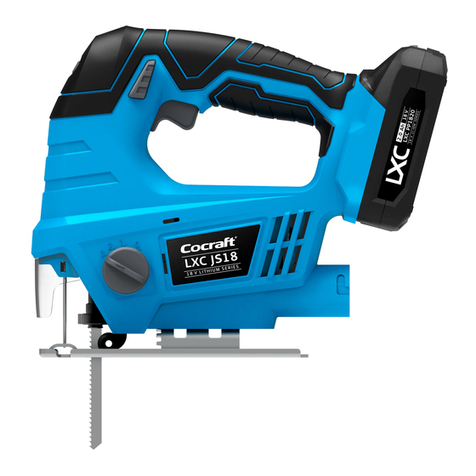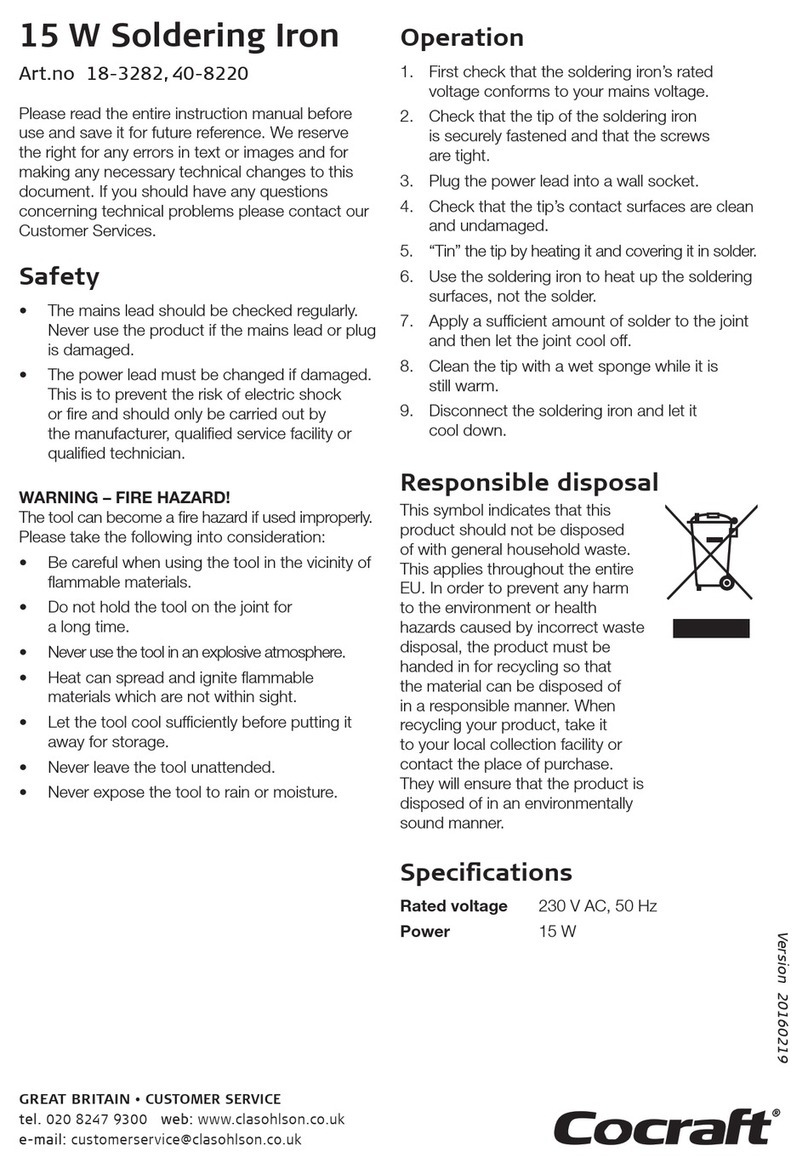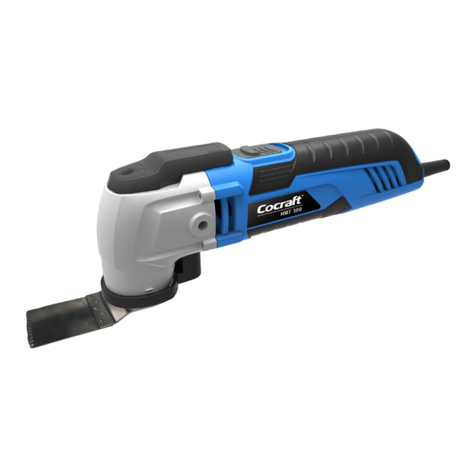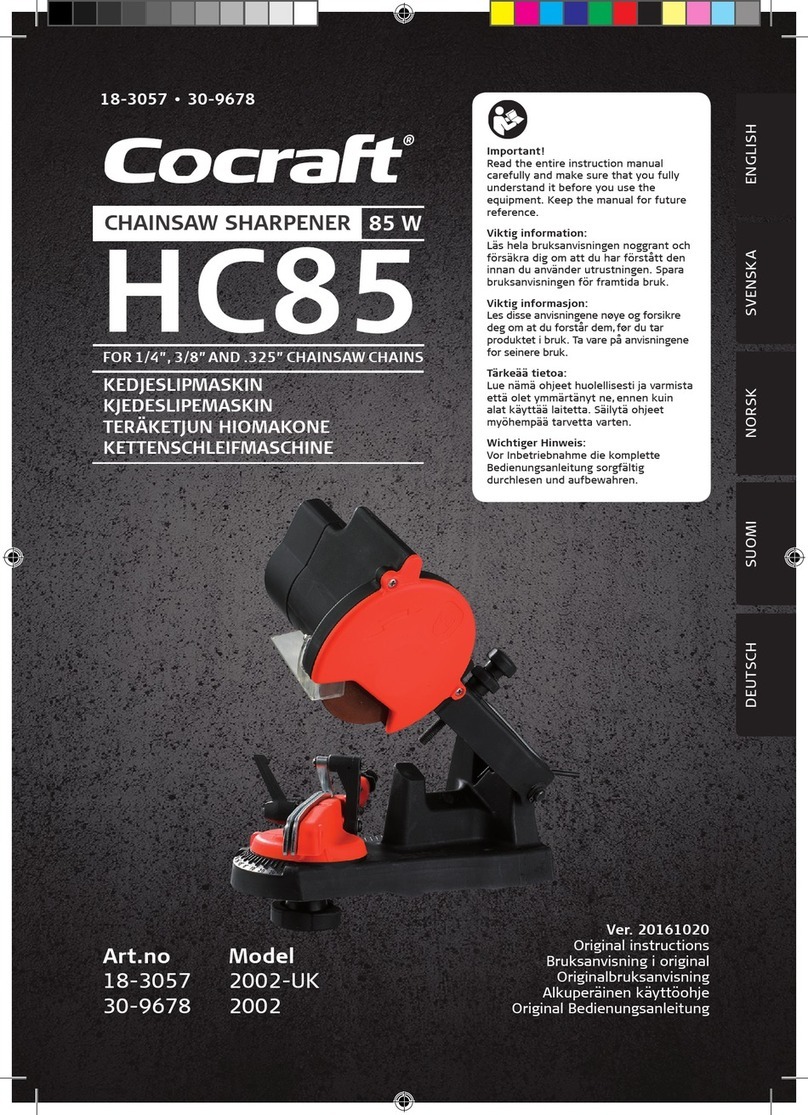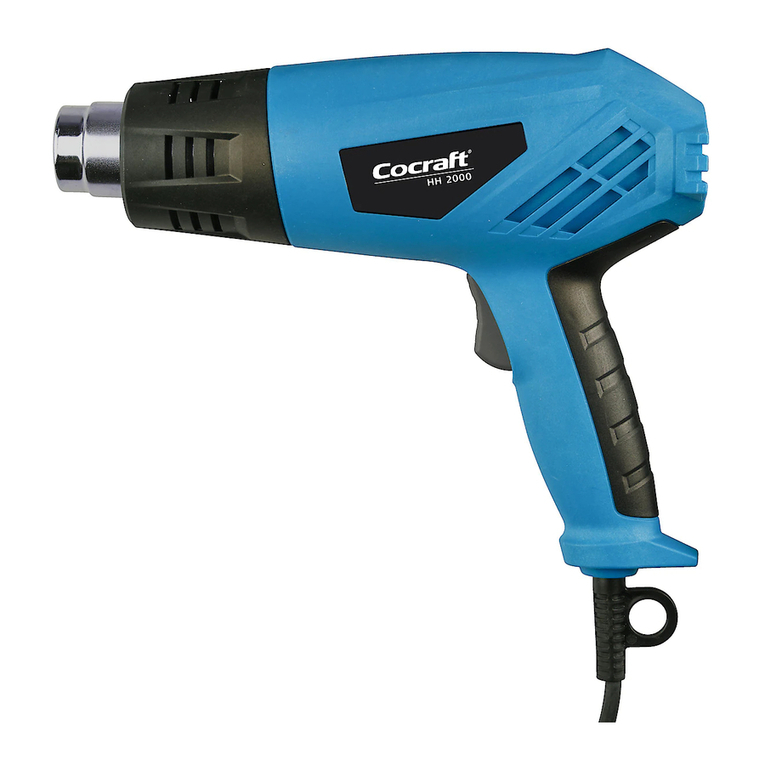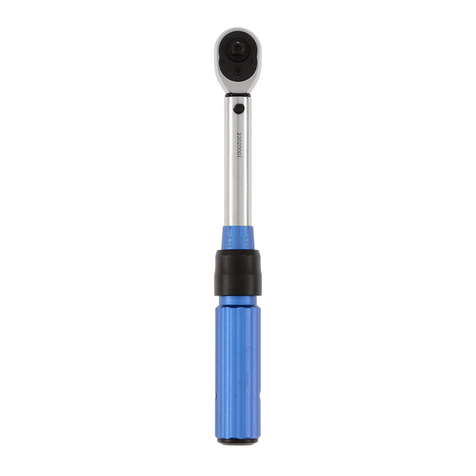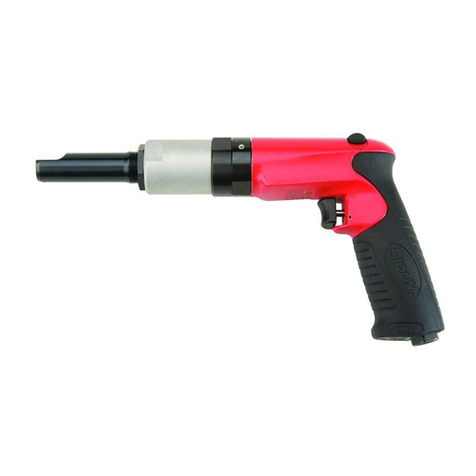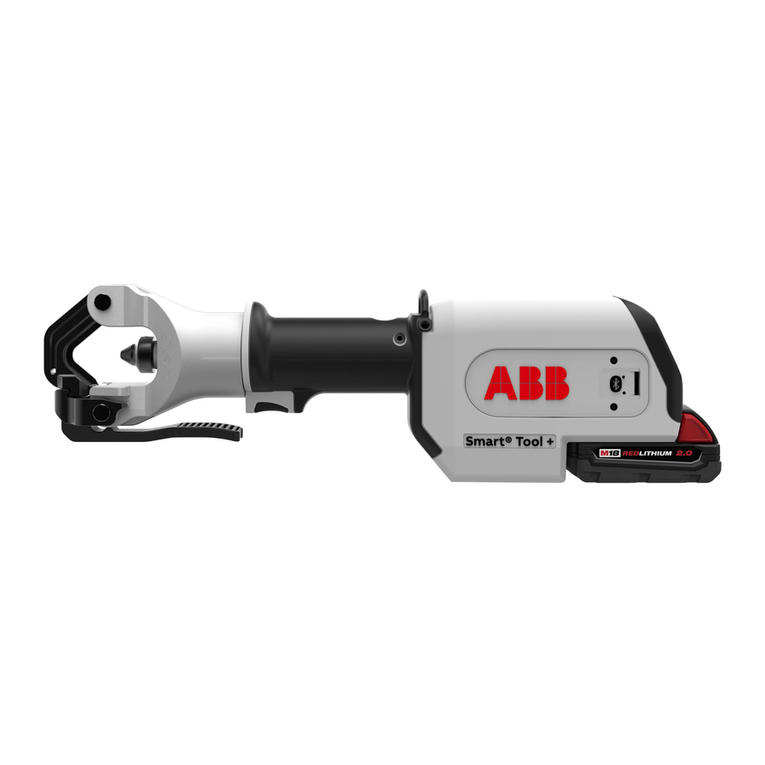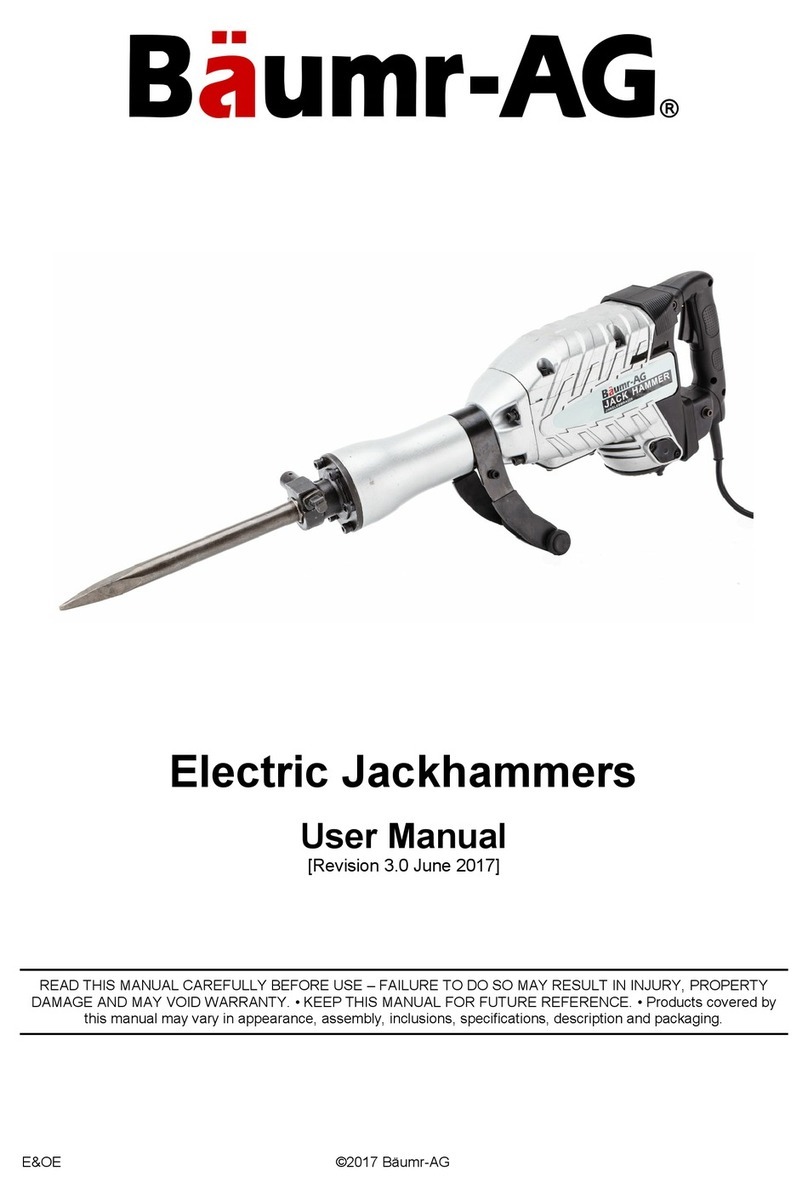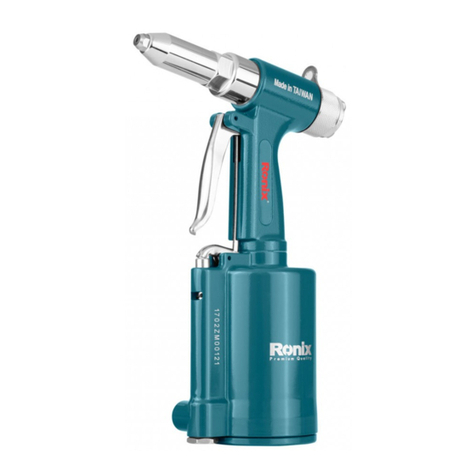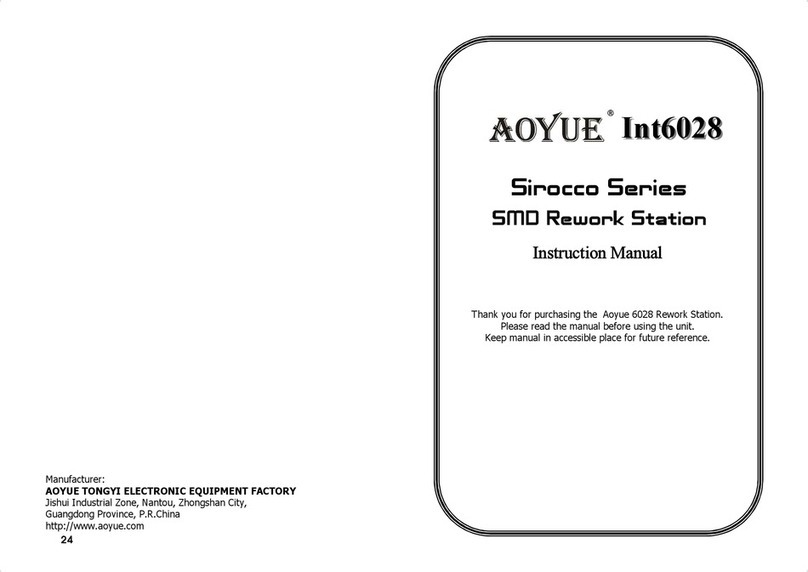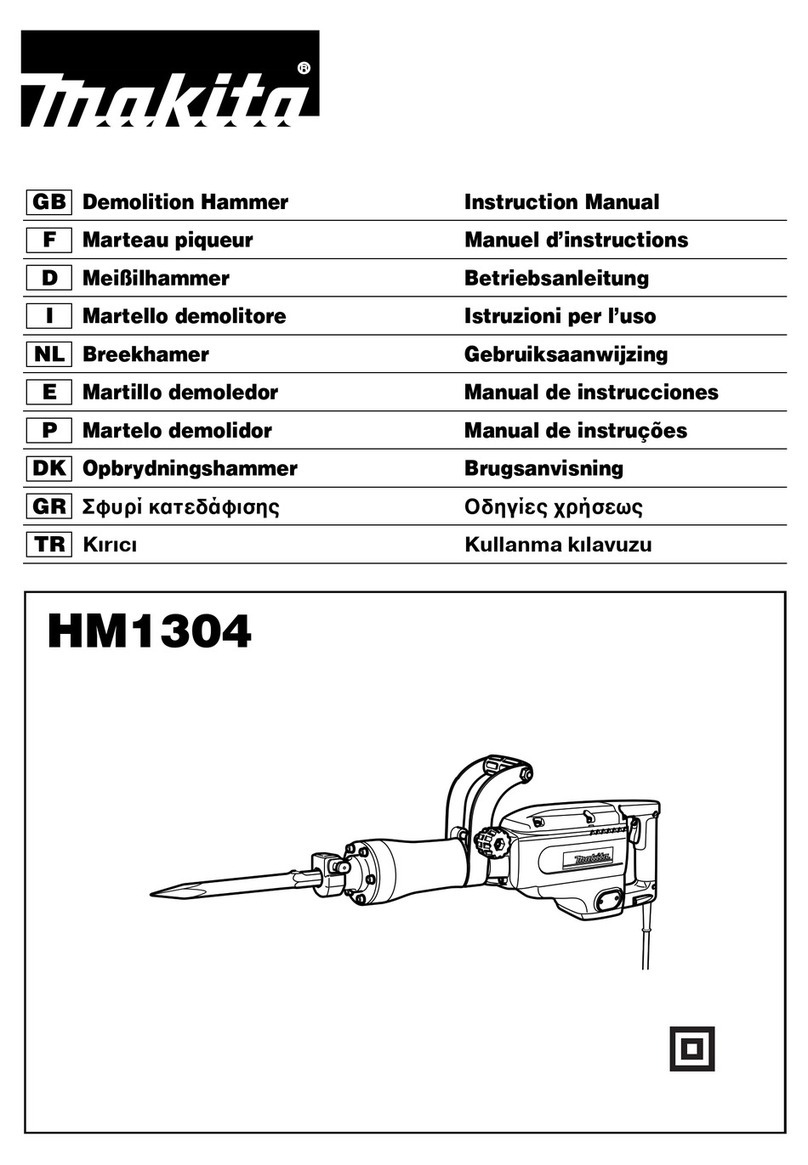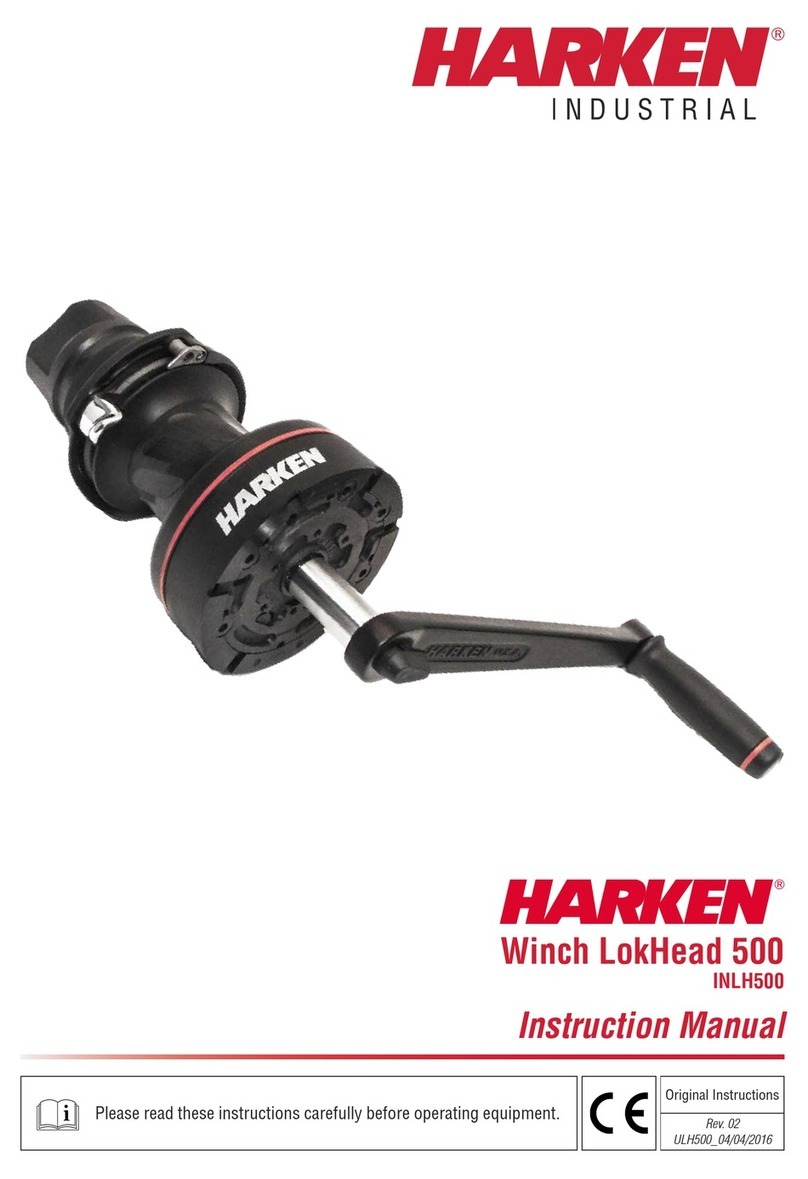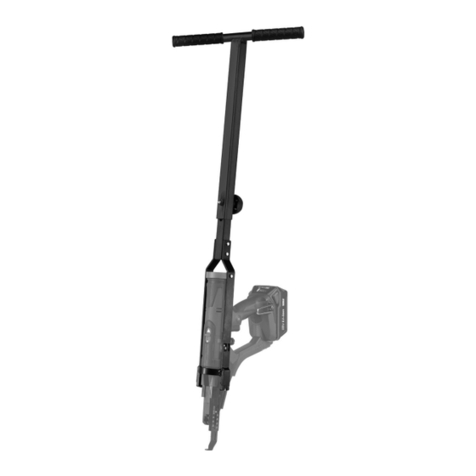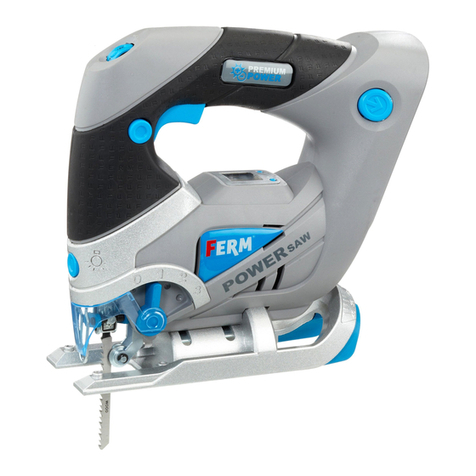
ENGLISH
6
4. Do not use blunt or damaged saw blades. Bent saw blades can easily break or
cause kickback.
5. Start thesaw and let it run up to full speed before starting to cut.
6. Keep thefootplate against theworkpiece at all times. Extra care should be taken
when using thesaw with thefootplate tilted so as not to exert undue lateral force
onto thesaw blade.
7. Secure theworkpiece with aclamp, vice, etc.
8. Make sure that thesettings are correct and that theblade is securely fastened in
theblade holder before beginning to saw.
9. Make sure that thesaw blade has come to acomplete stop before removing
thesaw from thecut. Thesaw blade should not be stopped by applying lateral
force to theside of theblade.
Safety Warnings for battery pack
a) Do not dismantle, open or shred cells or battery pack.
b) Do not short-circuit abattery pack. Do not store battery packs haphazardly
in abox or drawer where they may short-circuit each other or be short-
circuited by conductive materials. When the battery pack is not in use, keep it
away from other metal objects, like paper clips, coins, keys, nails, screws or other
small metal objects, that can make aconnection from one terminal to another.
Shorting thebattery terminals together may cause burns or afire.
c) Do not expose the battery pack to heat or fire. Avoid storage in direct sunlight.
d) Do not subject the battery pack to mechanical shock.
e) In theevent of battery leakage, do not allow theliquid to come into contact
with theskin or eyes. If contact has been made, wash theaffected area with
copious amounts of water and seek medical advice.
f) Seek medical advice immediately if acell or battery pack has been swallowed.
g) Keep the battery pack clean and dry.
h) Wipe thebattery pack terminals with aclean dry cloth if they become dirty.
i) The battery pack needs to be charged before use. Always refer to this
instruction and use thecorrect charging procedure.
j) Do not maintain the battery pack on charge when not in use.
k) After extended periods of storage, it may be necessary to charge and
discharge thebattery pack several times to obtain maximum performance.
l) The battery pack gives its best performance when it is operated at normal
room temperature (20 ± 5 °C).
m) When disposing of battery packs, keep battery packs of different
electrochemical systems separate from each other.



